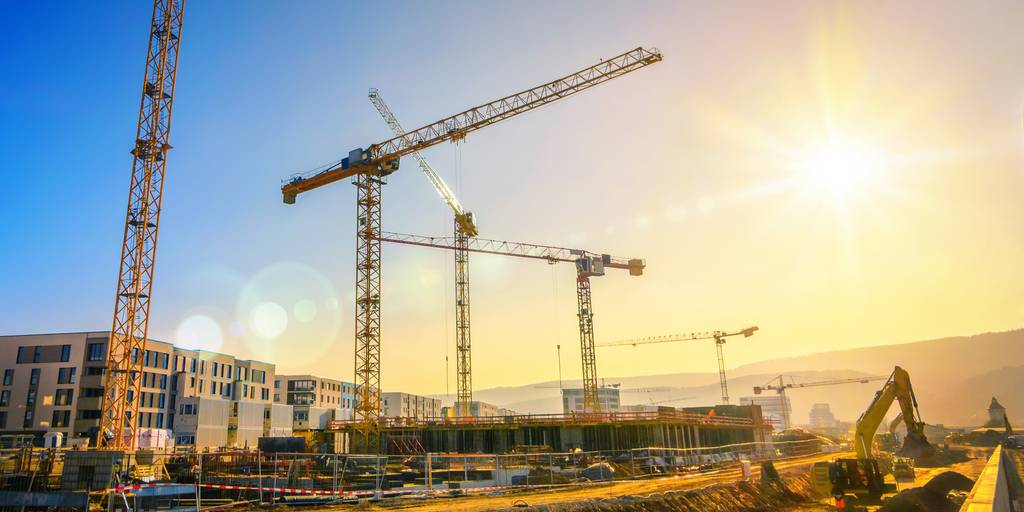We’re a little over a year and a half into the COVID-19 pandemic and the construction industry, like many other industries, is maneuvering several obstacles on its road to recovery. I think it’s important that we take time to understand what this means in the immediate and for the long-term.
First and foremost, surging material prices and supply chain issues are wreaking havoc on construction firms. Almost across the board, the cost of construction materials is well above where they were a year ago. An exception is softwood lumber. This is lower than it was a year ago. Interestingly, however, is that just a few months ago materials were up over 150%.
The price volatility - coupled with the supply chain issues for materials and supplies - is forcing contractors to purchase materials ahead of time or the moment a contract is signed to ensure profitability and avoid delays in project delivery. They’re also having to look at alternatives for certain materials based on availability to keep projects on schedule. To evade having to add significantly higher contingencies to their bids, some contractors are negotiating material price-escalation clauses into their contracts.
Even before the pandemic struck, the construction industry was dealing with a nagging skilled labor shortage that dates to the Great Recession. This year alone, the construction industry has only added 47,000 jobs and is still down some 201,000 jobs from pre-pandemic numbers. While there aren’t many construction firms looking to add headcount, we are currently seeing hourly and weekly wages increase at a higher-than-normal rate. Likely, this is an indication firms are increasing pay to keep the workers they have.
As the retirement rate exceeds entrants into the industry, the skilled worker shortage will remain an area of concern. Sponsoring or creating in-house apprenticeship programs that include generous benefits programs are two specific ways for construction firms to attract and retain new workers.
Despite these challenges, 2022 is expected to be a better year for construction. We are forecasting a 14.3% increase in nonresidential construction starts after a 24.5% drop in 2020 and just a modest increase this year. After two years of decreased nonresidential construction spend, our forecasted growth for next year is at 5.7%.
An additional boon on the horizon for the construction industry may be the passage of the $1.2 trillion infrastructure bill by Congress. It’s possible that could come as early as the end of the month, resulting in new, well-paying jobs, enhancements to our crumbling infrastructure, and overall improvements to the economy.
Despite the storms we’ve weathered the last 19 months, we remain hopeful and optimistic. This isn’t the first time, nor will it be the last, that our industry will be faced with difficulty. But we’re capable and resilient. Together, we can come out on the other side stronger than ever before.
